|
Dr Tom Cromarty Editor Interests: Paediatric Emergency Medicine, Medical Engagement and Leadership, Simulation, Quality Improvement, Research Twitter: @Tomcromarty |
Welsh Research and Education Network
WREN BlogHot topics in research and medical education, in Wales and beyond
Dr Celyn Kenny Editor Interests: Neonates, Neurodevelopment, Sepsis, Media and Broadcasting Twitter: @Celynkenny |
|
9th-10th July 2018 Dr Rebecca Broomfield The Patient Safety Congress aims to transform the UK’s approach to delivering high quality care. It champions patient safety as the organising principle of a healthcare system which is truly efficient, effective and able to offer the best experience to patients and carers. I was lucky to be able to attend the Conference in Manchester in July. Prior to attending I had minimal experience with the Health Service Journal who sponsor the event and although clearly focusing my training and clinical work on optimising patient safety I knew very little about this movement within healthcare. The HSJ run awards and publish a journal purely focusing on and publishing patient safety initiatives and ways which can all make out practice patient focused and as safe as possible. The conference was busy and if I am completely honest the timetable when I first looked at it was completely overwhelming. There was key note lectures which drew the participants together and then 5 streams running throughout the 2 days which you could dip in and out of to cover the sessions which most interested you and met your personal learning needs. Along with an exhibition centre and poster presentations focusing on 9 different topic areas. Unfortunately due to childcare compromises (working parent problems!) I wasn’t able to travel up to Manchester until the Monday morning so missed the opening keynote speakers which I was reliably informed were excellent and predicted the exit of The Right Honourable Jeremy Hunt from his health secretary post, but unfortunately the predicted replacement Dr Kevin Fong turned out to be less accurate! When I arrived I set up shop in the Human Factors stream. The streams for day 1 were: Human factors, Delivering quality improvement on the frontline, Driving a culture of patient safety, Improving patient safety through governance and compliance and finally Bridging the gap: policy and clinical Practice. The human factors stream was chaired by Martin Bromiley OBE (@MartinBromiley) of medical “Just a routine operation” fame https://www.youtube.com/watch?v=JzlvgtPIof4 – if you don’t know who he is or his story as a healthcare professional then you really should so click on the youtube link and learn about it. What is human factors? As defined by NHS England Human Factors for healthcare are: “Enhancing clinical performance through an understanding of the effects of teamwork, tasks, equipment, workspace, culture and organisation on human behaviour and abilities and application of that knowledge in clinical settings”. Essentially it is about Making it easy to do the right thing The stream started well and I very much enjoyed hearing from 3 speakers talking about how they had introduced human factors within their areas or work and outlining the importance of doing do. Dr Shelly Jeffcott (@drjeffcott) spoke first about the importance of human factors and outlined some goals. She emphasised designing the systems so that it is easy to do the right thing and the importance of integrating human factors training in the medical workforce. Education for Scotland have developed an e-learning package on human factors. It is easy to create an account and access this at: https://turasdashboard.nes.nhs.scot//User/PersonalDetails/Create?openIdApplicationId=e8c7cbb9-34fd-4c87-8c6c-7232cf6786d7 Next up in this session was Mr Simon Paterson-Brown (@spbsurgery) he spoke about the use of training within a surgical environment to develop non technical skills. His sessions Non-Technical Skills for Surgeons have international acclaim and have been widely published. Finally the session ended with Professor George Youngson (@ggyrach) whop focused on thE impact of bullying and discrimination in care systems. Bullying is a huge problem in the NHS and this was outlined during this session Professor Youngson identified that it is still a problem and has done work proving its detrimental effect on patient safety. He encouraged us to speak up for safety and ensure that bullying was addressed in our departments. The stream then moved onto the nudge theory and how we can use this within the NHS. Helping people to make the right decision at the right time thus improving patient safety. During this session there was talk about the noble prize winning book “Thinking fast and slow” by Daniel Kahneman looking at the way people make decisions and how the nudge theory exploits this. By understanding how people behave we can design better policies and systems to improve patient safety. The EAST framework was suggested here: Easy, Attractive, Social and Timely. Any change in behaviour should fit into this framework. And where there is variation in practice it offers a good target for change. After lunch I remained in the Human Factors stream and the session delivered by Abbie Coutts and Professor Bryn Baxendale (@gasmanbax) focusing on situational awareness. During this session it was the first time in this conference that I was exposed to a patient story being used to demonstrate a learning point. This is something which was utilised through the conference, across many different streams and had a truly powerful impact. Abbie Coutts presented her father’s case and observations on why errors occurred. She has used the errors in care which happened to her father to teach the health board which cared for him about human factors. She suggests that this should be taught by people doing the job and understand why errors happen in order to address them rather than just how they happened. Professor Bryn Baxendale then spoke about balancing acts and how to embedded key skills and behaviours into practice. Both speakers focused on normalising excellence and doing the simple things well. The fourth session in the human factors stream again used a patient story presented by Kathryn Walton https://www.youtube.com/watch?v=r7gk1AvZKZA We heard from the patient, the healthcare worker and what happened afterwards. I would encourage everybody to follow the link about and listen to the story. This was an exceptionally emotive story and emphasised. The final breakout session I attended was delivered by The GMC within the Driving a culture of patient safety stream who presented a discussion on the GMC survey and understanding this data in relation to patient safety. The keynote to end day one was delivered by Professor Alison Leary (@alisonleary1) and focused on the fact the “Hope is not a plan” and within medicine what we can learn from other safety critical industries. Professor Leary presented an the fact that the very structure of the NHS is significantly different to other safety critical industries in that we place our most junior inexperienced staff at the front line closest to the operational risk, with the experienced workforce behind the scenes. This is in contrast to other industries who use their experienced work force next to the operational risk and use them to allocate selected work to the junior teams. In the NHS we need to be focusing on rewarding frontline experts to stay where they are on the shop floors rather than moving them further and further away into managerial positions. We need to use good policy and education where the expectations are clear and safety is mandated alongside clear credible leadership. Her closing statement was particularly poignant and a quote from Dr Tracy Dillinger NASA “People defer to hope, but when failure is not an option, hope is not a plan” We went out for dinner in Manchester as a group of leadership fellows and I can 100% recommend The Alchemist for cocktails because they are fantastic, and for those based in South Wales one has just opened in Cardiff (yay!). Back to the conference ...! Day 2 Day 2 opened with the prize giving for the poster competition. I entered 2 posters and this one won its category of ‘Education and Training’ Proof that if you do an interesting improvement project then it’s always worth popping it into a conference because you never know how far it might go. The keynotes opened with Dr Bill Kirkup presenting themes which happen when things go wrong and how we should use these to make sure that as organisations we do not get into situations where things go wrong. He identified the follow themes: - Failure to learn He ended with 5 key points for maintaining patient safety: - Listen to the patient, they are telling you the answer - Honesty not reputation management - Investigate and learn – not suppressing bad news and learning from others mistakes - Dismissing and denial leads to a slippery slope which is harder to stop - Do NOT think “It will never happen here” The second keynote was also focused on investigations but from the Healthcare Safety Investigation Branch and what we can learn from the investigations which they have already processed. It is worth reading the summary documents of these investigations as it is different from a root cause analysis which will take place internally. They look at the route cause but also ask “why?” Again day 2 was split into streams. The 6 streams on day 2 were: Collaborating to achieve patient safety, Delivering improvement on the frontline, Using research to solve the big challenges, Prioritising safety for vulnerable people, workforce the crucial ingredient for safety and Bridging the gap: Policy and the clinical practice. I attended Leading from the top: New research on trust level leadership under the using research to solve the big challenges stream. I left this session feeling quite negative. The panel presented learning which they felt had happened since the Frances Report. Which seemed to be, in their opinions, very little. They appeared to feel that this was a continuing problem with variability in quality and consistency of leadership practises. I feel (esp. as a current leadership fellow) that the Wales deanery is actively promoting and encouraging learning about clinical leadership. And I would signpost anybody to the FMLM website if they want more information on clinical leadership. https://www.fmlm.ac.uk/ I then attended the LEDER program, http://www.bristol.ac.uk/sps/leder/, focusing on what needs to change for people with a learning disability in order to ensure their safety, under the Prioritising safety for vulnerable people. Again this focused on a patient story presenting the experience of the family of Oliver McGowan. (@PaulaMc007) They are campaigning for mandatory training for healthcare professional in how to adapt for patient with autism and learning difficulties. They want to work on preventing these stories and raise awareness for people to make reasonable adjustments. They encourage communication, an overriding theme from this year, with the patients, and their families as they know the patient best. Then, before lunch I moved into the Workforce stream to hear from Leigh Kendall (@leighakendall) Again this presentation focused on a patient story presenting Hugo’s story focusing on preventable harm within a maternity setting. Hugo was born after Leigh suffered from HELLP syndrome at 24 week gestation and lived for 35 days. She is working on improving bereavement information and including bereaved families in the quality improvement processes, alongside communication between healthcare professionals. She again encouraged communication and stated something which will stick with me “You can’t upset us anymore because the worst has already happened” Don’t be afraid to speak to bereaved families they can give you vital information and want to have a voice. Mr Edward Morris then presented the work of the Royal College of Obstetricians and Gynaecologists on Each baby counts (@EachBabyCounts) again focusing on patient stories and human factors to encourage a focus on communication and preventing harm. https://www.rcog.org.uk/eachbabycounts After lunch the conference was again brought back together for keynote sessions. The CQC Chief inspector of Hospitals, Professor Ted Baker, presented an evidence based argument for how Inspections can help us with patient safety. He encouraged us to engage and empower frontline staff to really focus on patient safety and put patients at the centre of what we do. He reminded us to “relentlessly focus on leadership and culture” but also to recognise that healthcare is a high risk area and we have to accept the implications of that fact. He believes that with backing the inspection process can be used to drive forward a culture of patient safety. The Right Honourable Jeremy Hunt MP was due to present next in his role of Secretary of State for Health and Social care, but as he had been relocated and Matt Hancock (@MattHancock) had been in the job for less than 24 hours Professor Bruce Keogh and Dr Aidan Fowler from 1000 Lives stepped up to be part of a panel for the next steps for patient safety. The conference closed hearing from a panel about how their organisations overcame safety challenges. The overriding themes were again all about culture, communication and mindset. If you can get this right then you seem to be on the right track! The Patient Safety Congress was a fantastic, engaging conference and if you get a chance to go I really would. The use of patient stories to focus the attendees was a really useful tool and one which I will take forward with other presentations in the future. It was a really important reminder that we do have the opportunity even as trainees to focus on patient safety and improve outcomes. More information can be found in the HSJ journal https://www.hsj.co.uk/ and on the patient safety congress website https://patientsafetycongress.co.uk/
1 Comment
1/11/2018 08:27:13 am
Nice post. I learn something more challenging on different blogs everyday. It will always be stimulating to read content from other writers and practice a little something from their store. I?d prefer to use some with the content on my blog whether you don?t mind. Natually I?ll give you a link on your web blog. Thanks for sharing.
Reply
Leave a Reply. |
Editors
Dr Annabel Greenwood Categories
All
|


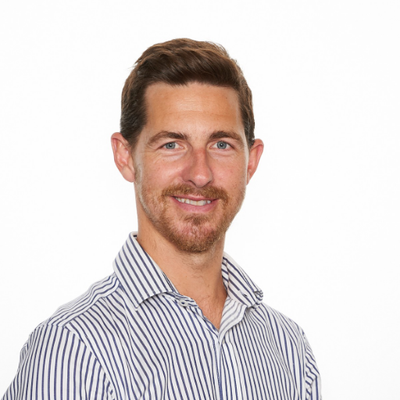
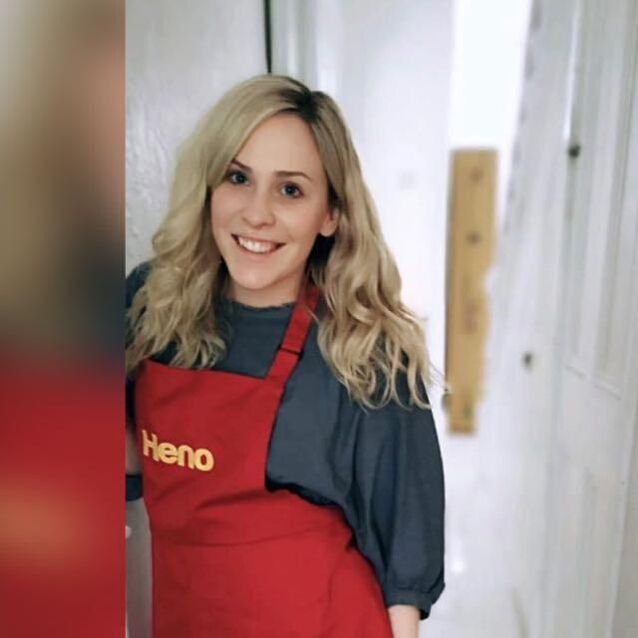
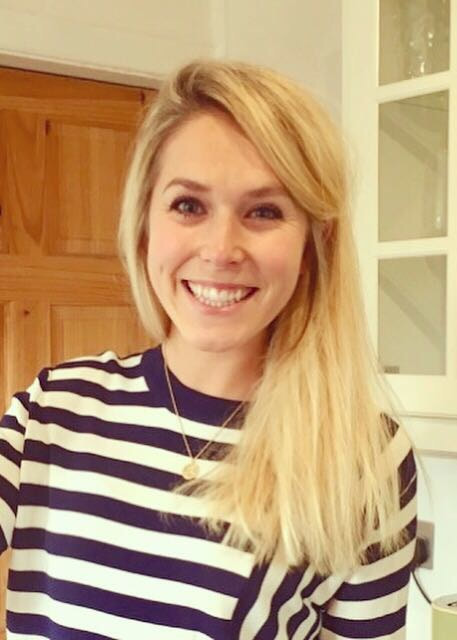
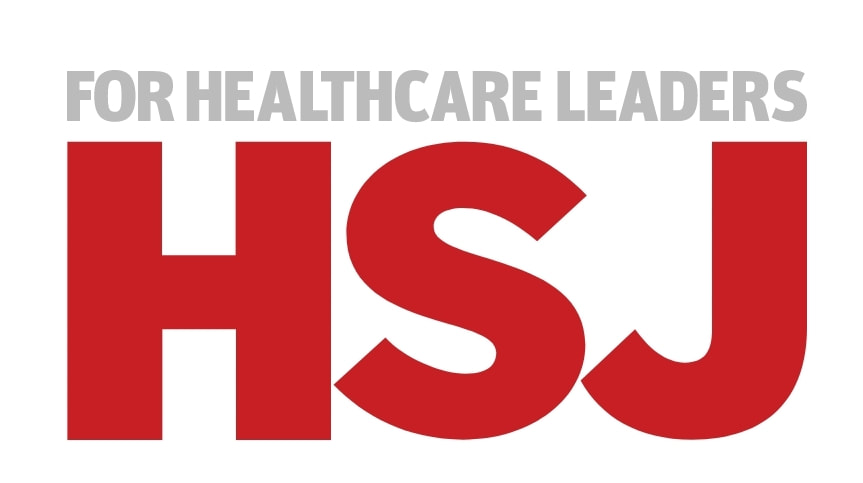
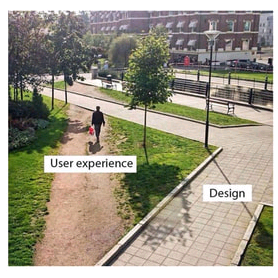
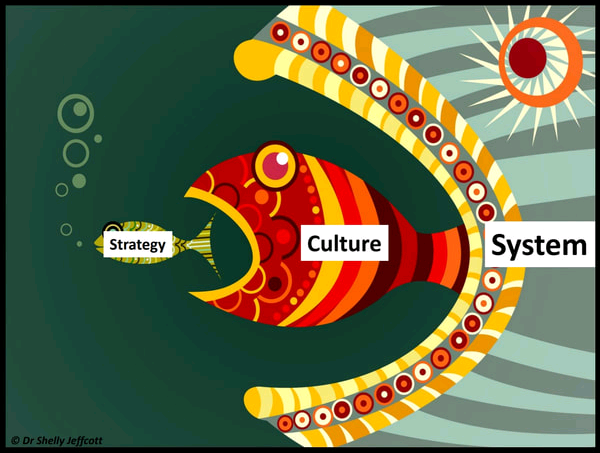

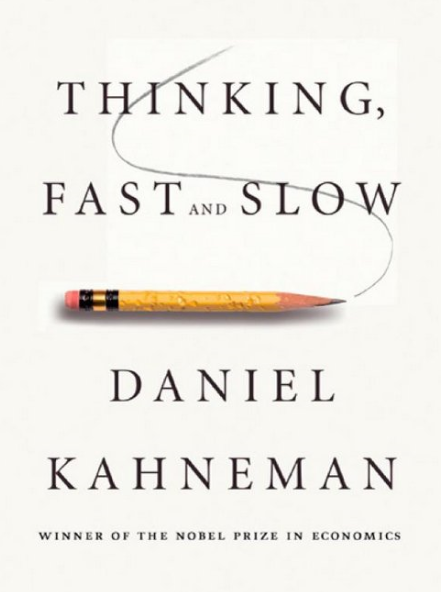
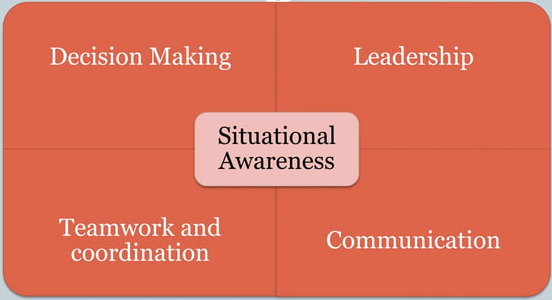
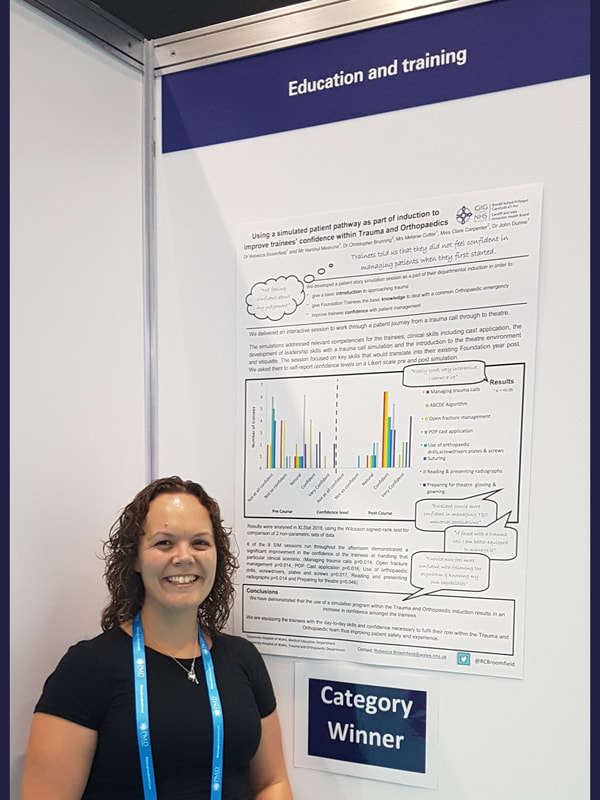

 RSS Feed
RSS Feed
